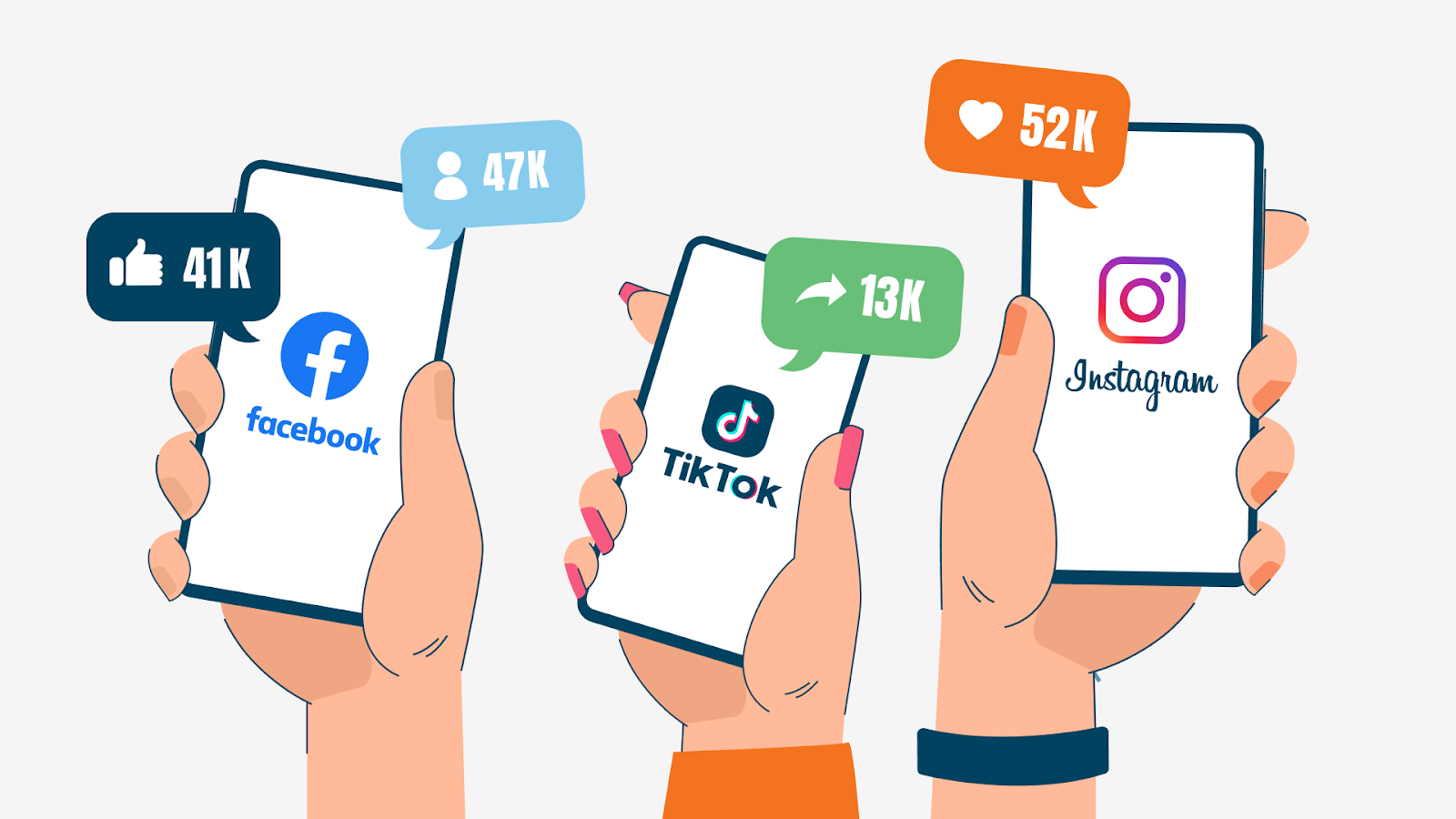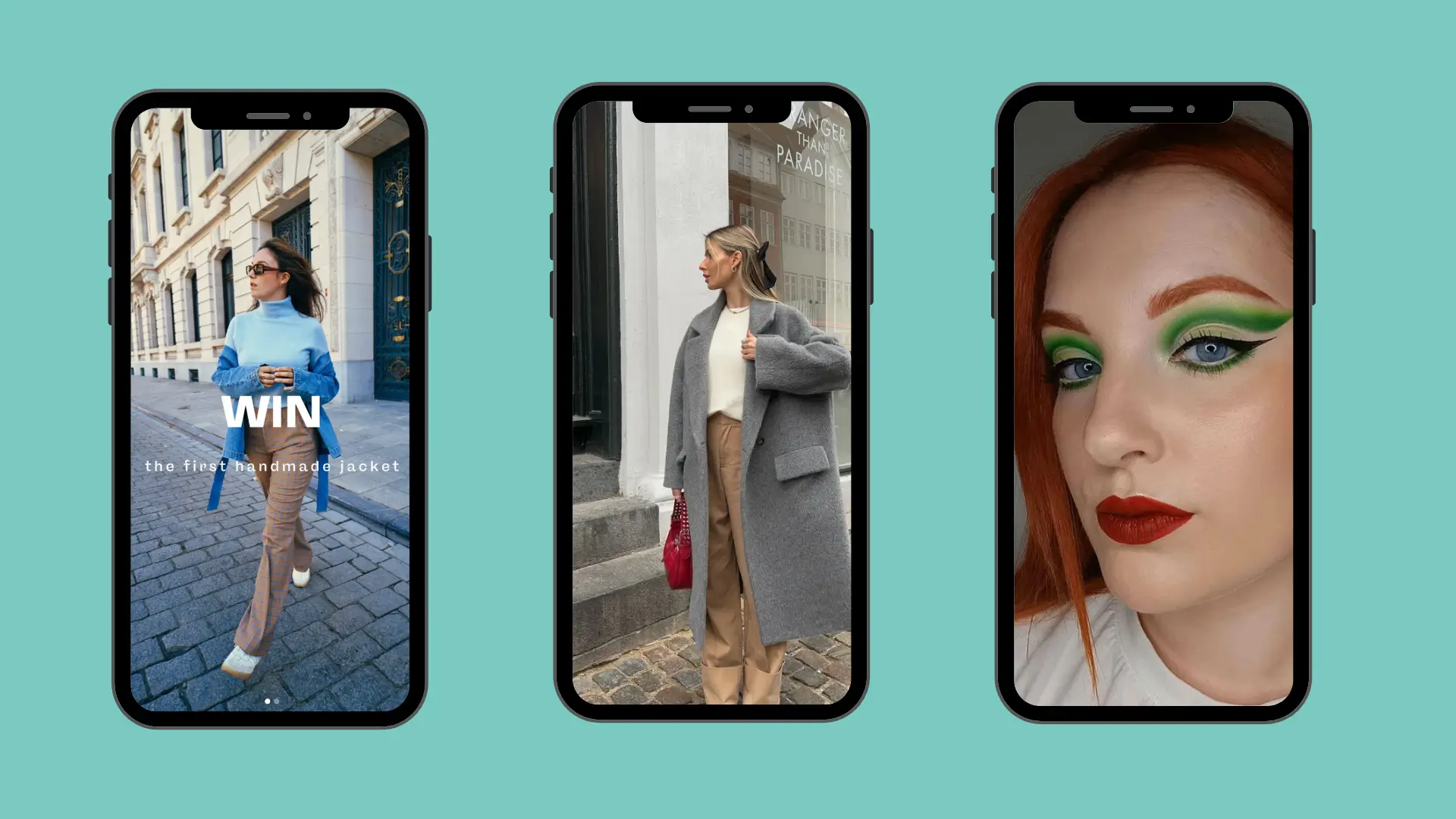Introduction
Creating content that resonates with your audience is both an art and a science. While many marketers focus on producing a large quantity of content, the real challenge lies in understanding what your audience truly values. Without this knowledge, even the most visually stunning posts or detailed blogs can fall flat, leading to low engagement and wasted effort.
In this comprehensive guide, we’ll explore how to identify the type of content that speaks directly to your audience’s needs, desires, and behaviors. By the end, you’ll have actionable strategies to ensure your content not only engages but also drives meaningful results.

Step 1: Know Your Audience
Understanding your audience is the foundation of effective content creation. Without a clear picture of who they are, your content will lack direction and relevance.
Demographics: The Starting Point
Demographics provide the basic framework for understanding your audience. Use tools available on platforms like Instagram Insights or Facebook Analytics to gather data such as:
- Age: Knowing the age range helps tailor your tone, style, and topics.
- Location: Regional preferences can influence everything from content timing to cultural references.
- Gender: While content shouldn’t rely solely on gender stereotypes, understanding your audience’s gender distribution can guide certain creative decisions.
Interests and Preferences
Beyond demographics, you need to understand your audience’s interests. Analyze what pages they follow, the types of posts they engage with, and the hashtags they use. This information helps you craft content that aligns with their passions.

Step 2: Analyze Engagement Metrics
Metrics are the heartbeat of any successful content strategy. They provide insight into what’s working and what’s falling flat. Here’s how to interpret the most critical metrics:
Likes and Reactions
While likes and reactions are often seen as superficial, they are a quick indicator of initial interest. Posts with high likes typically have a compelling visual or headline.
Comments
Comments offer deeper insight into how your content resonates. Analyzing comments can reveal whether your audience is inspired, confused, or motivated by your posts.
Shares and Saves
- Shares: Content that gets shared often is seen as valuable or relatable.
- Saves: Saved content typically provides long-term value, such as guides, recipes, or infographics.

CTR (Click-Through Rate)
For posts or ads with links, CTR is a crucial metric. A low CTR might indicate that your call-to-action isn’t compelling enough, while a high CTR shows that your audience finds the content irresistible.
| Metric | What It Tells You | Actionable Insight |
|---|---|---|
| Likes | Captures initial interest. | Test different visuals to maximize appeal. |
| Comments | Indicates deeper engagement. | Engage by responding to foster community. |
| Shares | Signals high relatability. | Create more shareable, emotionally driven posts. |
| Saves | Reflects long-term value. | Focus on educational or resourceful content. |
Step 3: Experiment With Formats
Experimenting with different content formats is an excellent way to discover what resonates with your audience. No single format fits all audiences, so be prepared to test and iterate.
Visual Content
Photos and graphics often perform well, especially on platforms like Instagram. Focus on eye-catching visuals that tell a story or evoke emotion.
Video Content
Videos are currently the most engaging format on social media. They allow you to convey complex ideas quickly and memorably. Platforms like TikTok and YouTube have proven that short, snappy videos often achieve viral success.
Interactive Content
Polls, quizzes, and live Q&A sessions let your audience interact directly with your brand. This type of content not only boosts engagement but also provides insights into your followers’ preferences.
Text-Based Content
While visuals are powerful, don’t underestimate the value of blogs, captions, and tweets that tell compelling stories or share helpful tips.Step 4: Listen to Your Audience
Your audience is constantly giving you clues about what they want, but it’s up to you to listen actively. Feedback is often scattered across various platforms, so having a systematic approach to collect and analyze it is essential.

Comments and Direct Messages
Look closely at the comments on your posts and direct messages from your followers. These interactions can reveal what resonates and what doesn’t. For example:
- Repetitive Questions: If followers repeatedly ask about a particular product or service, consider creating a dedicated blog post, video, or FAQ.
- Positive Feedback: Highlight the types of posts that garner compliments or expressions of gratitude as they indicate strong audience alignment.
Polls and Surveys
Social media polls and surveys are quick and effective tools to gather audience input. You can ask questions like:
- “What type of content do you enjoy the most?”
- “Would you prefer more behind-the-scenes content or tutorials?”
Social Listening
Social listening involves monitoring conversations about your brand, competitors, or industry keywords. This practice helps you identify trends and sentiment among your audience.
Step 5: Create and Refine a Content Calendar
Once you have gathered insights, the next step is to implement them through a structured content calendar. A content calendar ensures you’re consistently delivering value while balancing different formats and topics.
How to Build a Content Calendar
| Column | Description |
|---|---|
| Date | The day the content will go live. |
| Platform | Specify where the content will be published (Instagram, Twitter, etc.). |
| Content Type | Define the format (video, image, infographic, etc.). |
| Topic | Summarize the theme or subject of the content. |
| Engagement Goals | Outline metrics you aim to achieve (likes, shares, clicks). |
Batch and Schedule Content
Creating content in batches helps save time and ensures consistency. Use scheduling tools to automate publishing and keep your calendar on track.
Step 6: Consistently Analyze and Adjust
Content preferences can shift over time, so continuous analysis and refinement are critical. Periodically review your calendar’s performance and adjust based on what’s working.
Quarterly Content Review
Every three months, assess the performance of your content. Look for patterns in audience behavior and identify emerging trends.
A/B Testing
Experiment with small variations in your content to determine what drives the most engagement. For instance, try testing:
- Two different headlines for a blog post.
- Video vs. carousel formats for Instagram.

Monitor Competitors
Keep an eye on competitors in your niche to see what content strategies they’re using effectively. Adapt and innovate based on their successes and gaps.
Long-Term Audience Engagement Strategies
To build a lasting connection with your audience, focus on creating a two-way relationship:
- Respond promptly to comments and messages.
- Show appreciation through shoutouts or exclusive content for loyal followers.
- Regularly refresh your approach based on audience input and trends.
Step 7: Diversify Your Content While Staying True to Your Brand
One of the most effective ways to keep your audience engaged and find out what they like is to diversify your content offerings. This doesn’t mean you need to completely change your brand voice or identity—it means exploring creative ways to deliver your message.
1. Test New Formats
If you’ve primarily been posting photos, try integrating videos, carousels, or even live sessions. Each format serves a different purpose:
- Videos: Perfect for storytelling or tutorials.
- Carousels: Ideal for step-by-step guides or detailed information.
- Live Sessions: Great for engaging with your audience in real-time.
2. Experiment With Themes
Sometimes, varying the themes you cover can breathe new life into your content. For example, if you’re a fitness brand, alternate between workout tips, nutrition advice, and motivational stories.
3. Seasonal Content
Tap into holidays, seasons, or cultural moments to create timely and relevant content. These types of posts often perform well because they align with what your audience is already experiencing.

Step 8: Build a Feedback Loop
Creating a continuous feedback loop ensures you’re always improving and aligning with your audience’s evolving preferences.
1. Post-Content Surveys
After publishing a major piece of content, use surveys or polls to ask your audience for feedback. Questions like “What did you find most helpful?” or “What would you like us to do differently?” can be revealing.
2. Analytics Dashboards
Regularly check your analytics dashboards to track performance metrics. Tools like GGyess can simplify this by consolidating insights from multiple platforms, making it easier to spot trends.
3. Community Engagement Metrics
Metrics like direct message interactions, comment quality (not just quantity), and mentions in user-generated content can help you gauge how connected your audience feels to your brand.
Step 9: Encourage User-Generated Content
User-generated content (UGC) not only lightens your content creation load but also provides valuable insight into what resonates with your audience.
Why UGC Works
- It builds trust: Followers are more likely to trust content created by peers than by brands.
- It’s cost-effective: You gain valuable content without the associated production costs.
- It’s engaging: People love seeing their content shared by brands.
How to Encourage UGC
- Create a branded hashtag and invite followers to use it when sharing their experiences.
- Host contests or giveaways that reward users for submitting creative content.
- Share UGC on your own platforms, giving credit to the creators.

Step 10: Stay Consistent and Authentic
Consistency and authenticity are the cornerstones of any successful content strategy. While experimentation and innovation are important, your audience needs to recognize your brand in everything you post.
1. Develop a Brand Style Guide
Ensure that all your content follows a consistent visual and tonal style. This includes:
- Fonts and color schemes.
- Language and messaging.
- Imagery and design elements.
2. Share Behind-the-Scenes Content
Audiences love to see the human side of a brand. Share snippets of your process, team, or day-to-day operations to build a more personal connection.
Wrapping Up
Finding the content your audience loves is a journey of discovery, creativity, and refinement. By following these steps—understanding your audience, analyzing metrics, experimenting with formats, and engaging with your community—you’ll build a content strategy that resonates deeply and achieves lasting impact.
Tools like GGyess can help streamline your efforts, providing comprehensive analytics and scheduling capabilities to ensure you’re always ahead of the curve. Start small, iterate often, and never stop learning about your audience’s needs.



